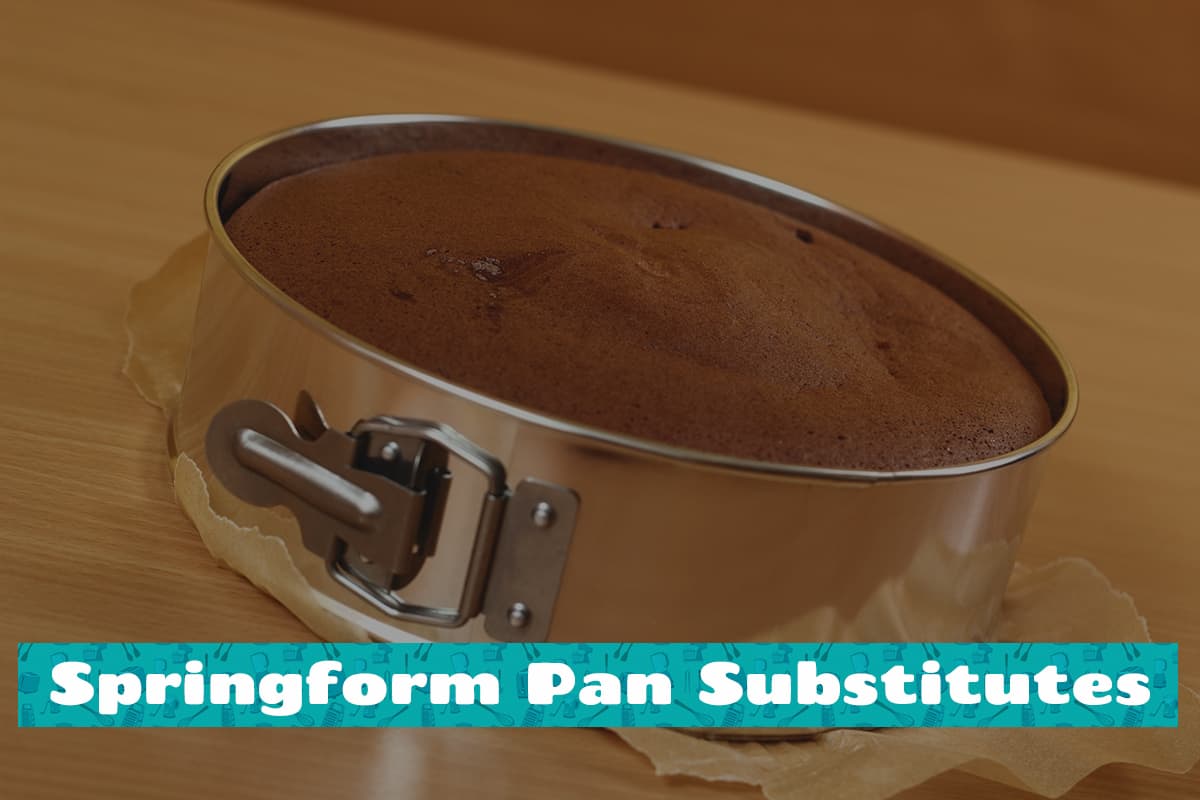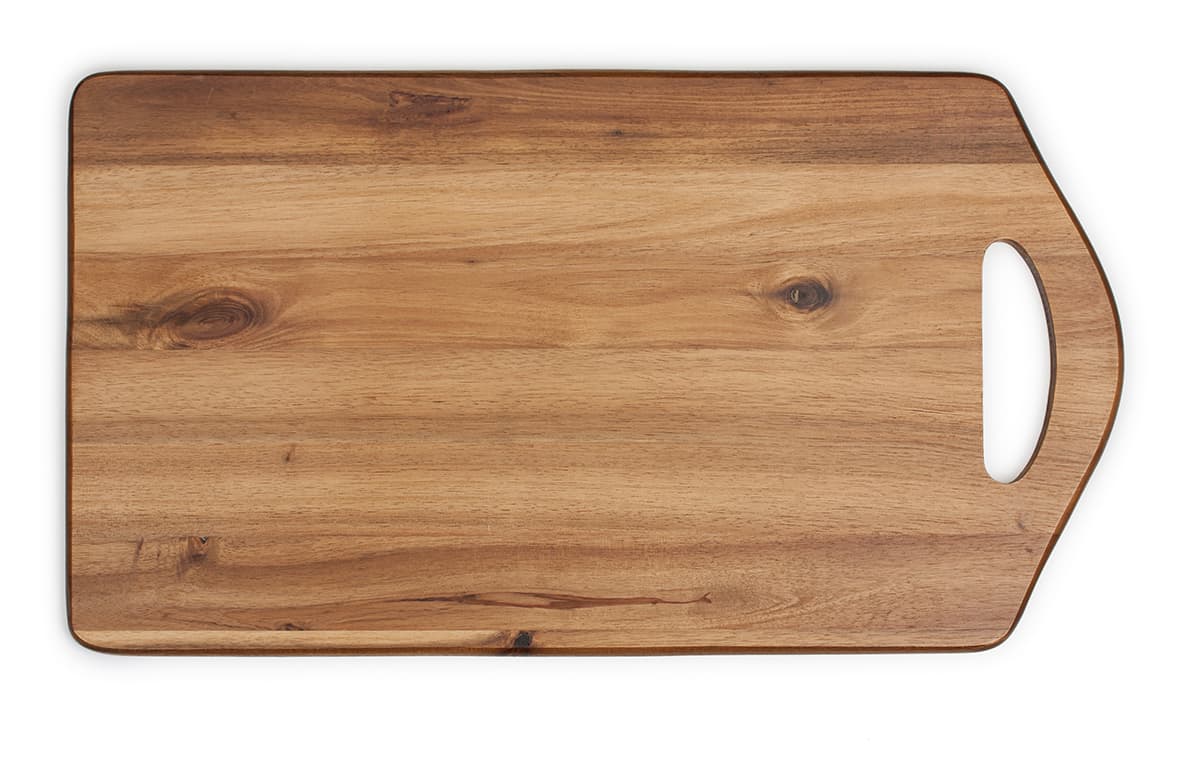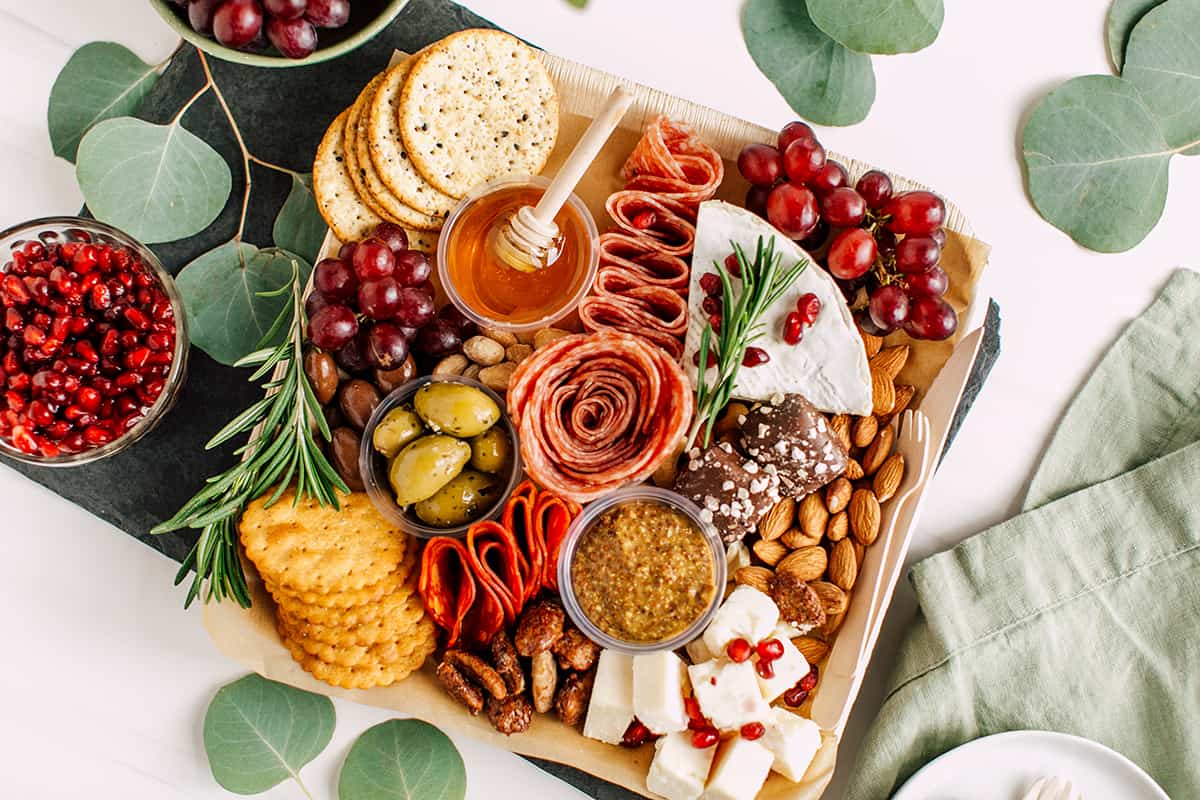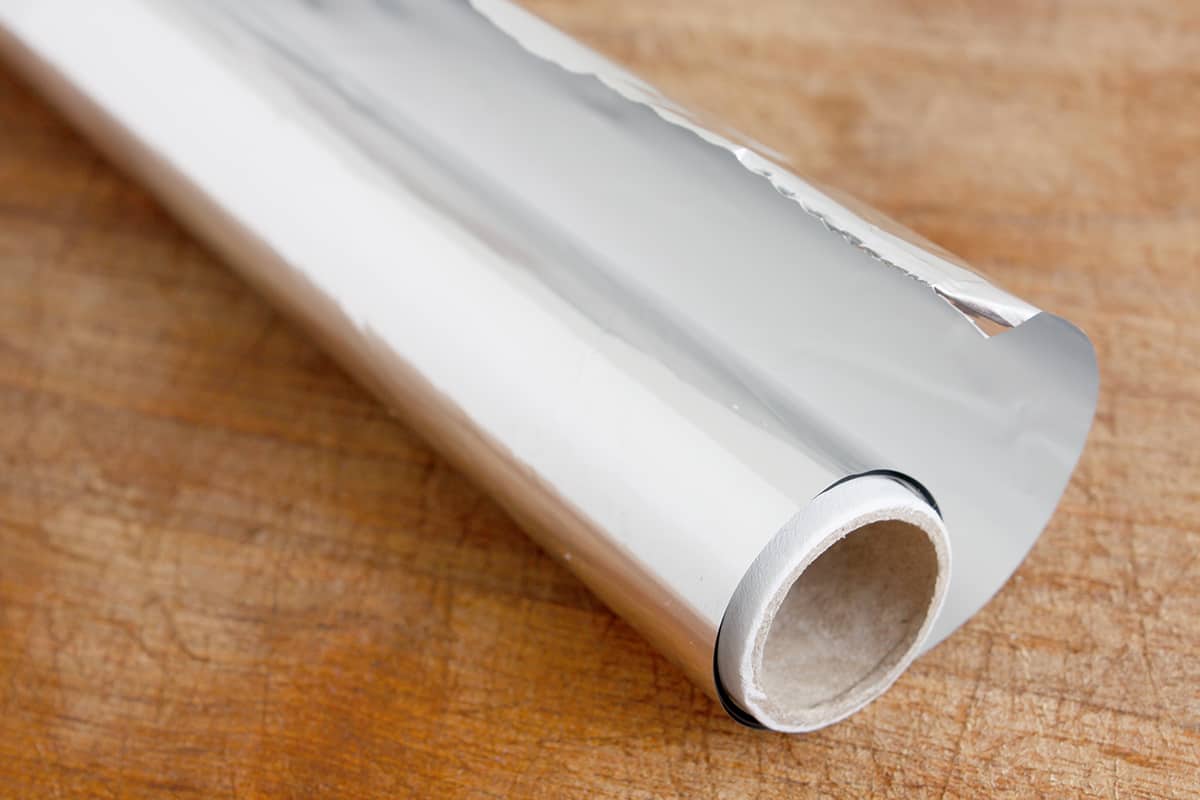Whether you run your own ice cream shop or are a diehard ice cream enthusiast, you really should know your way around ice cream containers. In fact, you don’t have to be in the ice cream biz to be concerned about the containers. After all, gelato and froyo people practically use the same type of container.
A quick stroll through your local supermarket will reveal that ice cream containers come in a wide assortment of sizes.
There are small ice cream containers for single servings (as small as 2.5 ounces), and there are humungous tubs that were designed to feed large families for weeks (as large as 96 ounces).
As you can see, there is a pretty wide gap between the tiniest and the largest ice cream containers. In this guide, I will explain what other ice cream container sizes there are, as well as an overview of the types of materials used to make the containers.
Ice Cream Container Sizes
When you look at ice cream container sizes, you’ll find that each brand has its own sizing standard. So, while brands like Blue Bunny and Ben & Jerry’s may offer overlapping ice cream container sizes, there may be slight variances in terms of overall size count.
For the most part, ice cream comes in the following container sizes:
Kid Sizes
- 2.5 ounces
- 3 ounces
- 3.5 ounces
Single-Serving Sizes
- 4 ounces
- 5 ounces
- 5.5 ounces
- 8 ounces
- 12 ounces
- 14 ounces
- 16 ounces
Shareable/Scoopable Sizes
- 28 ounces
- 32 ounces
- 48 ounces
- 56 ounces
- 80 ounces
- 96 ounces
- 128 ounces
- 144 ounces
- 160 ounces
Types of Ice Cream Containers
So, if you’re going to build an ice cream business, you should familiarize yourself with not just the sizes of ice cream containers but also the types. Below, I’ll give a quick summary of the three main types of ice cream containers.
Ice Cream Paper Cups
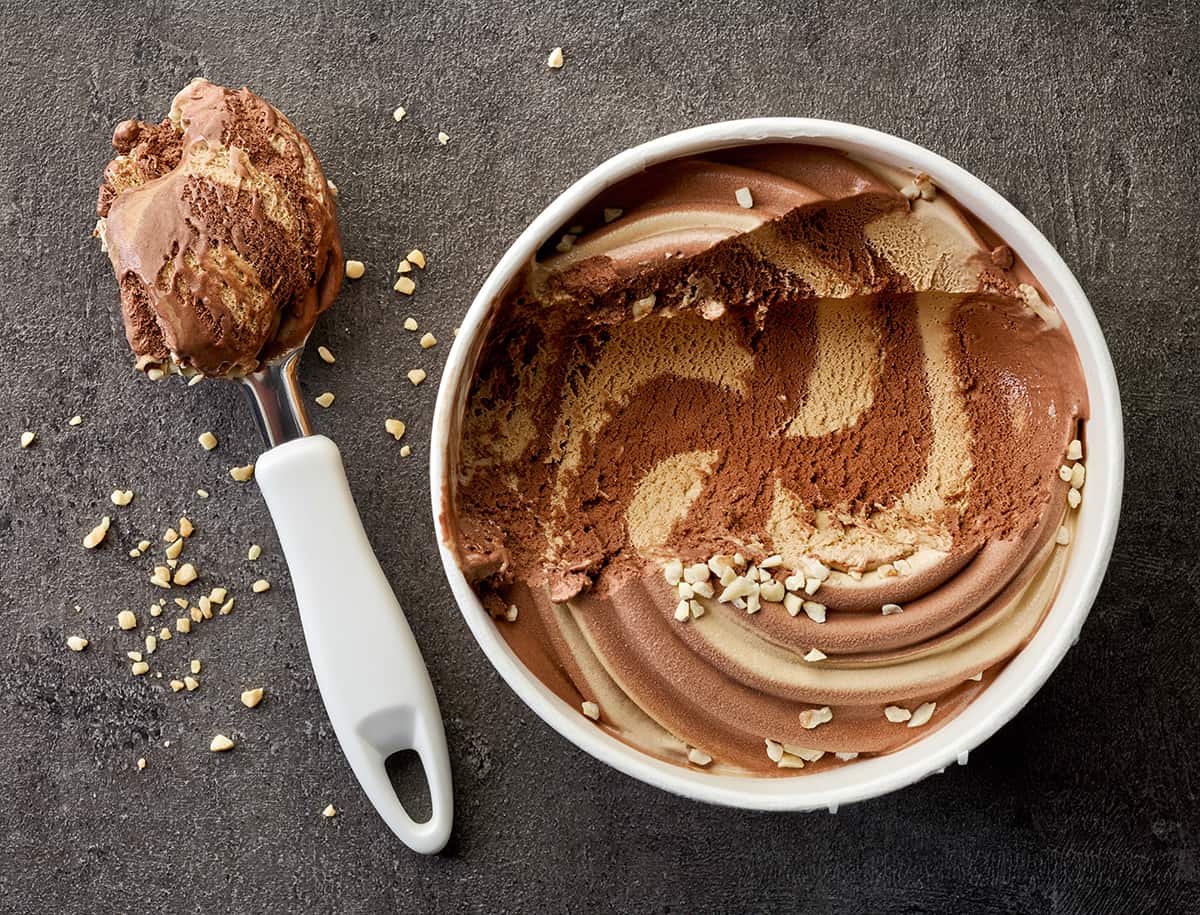
Paper cups are the type of container that brands like Haagen Dazs and Ben & Jerry’s use. They have rigid walls, sturdy bases, and they’re recyclable and biodegradable. Following Haagen Dazs’s sizing standards, paper cups range from 4 ounces all the way up to 28 ounces.
This type of ice cream container also allows consumers to eat directly from it. So, if you want to portion out sundaes, you can add all of the ice cream and toppings as the customer wants. However, you will need to provide a plastic or wooden spoon, so the consumer can dig right in immediately.
Ice Cream Plastic Cups
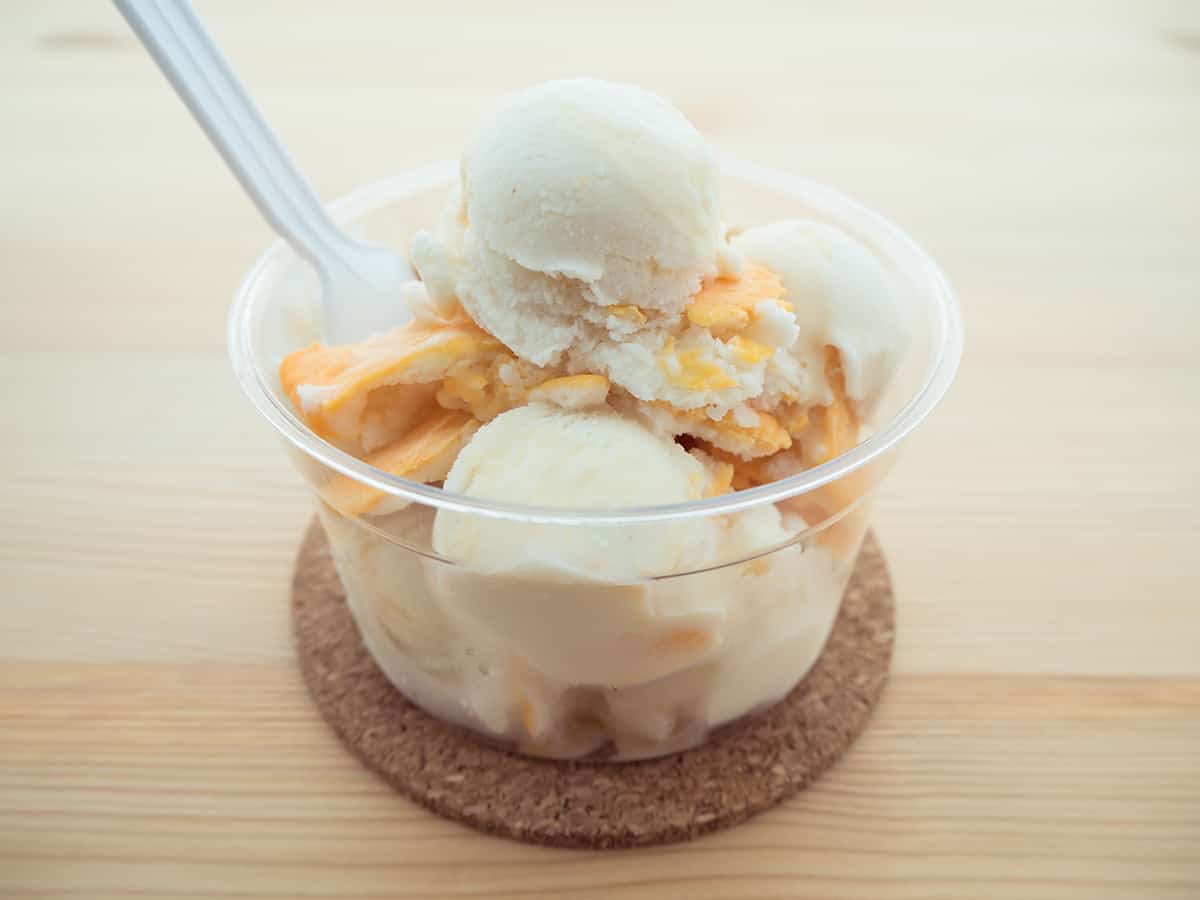
Plastic cups are mainly used for single servings. They are translucent, which allows the consumer to see how much ice cream is left from outside the cup. You will find ice cream served in plastic cups at fast-food chains, street vendors, large ice cream shops, as well as at convenience stores. Plastic cups range from 2.5 to 8 ounces.
One of the benefits of this on-the-move ice cream delivery system is that you don’t just have to fill them with ice cream. You can make sundaes or parfaits straight inside the ice cream cup. However, like portable paper cups, you will need to provide a plastic or wooden spoon for the consumer.
Ice Cream Plastic Tubs
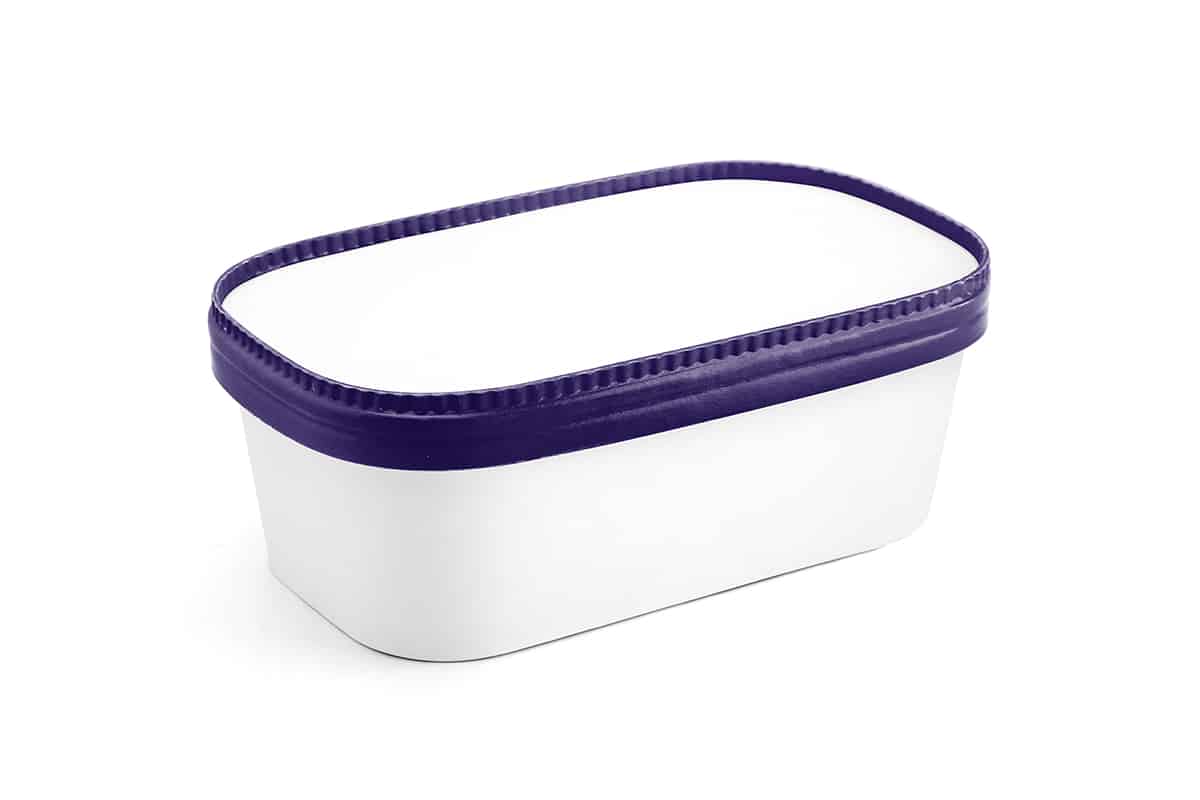
Plastic tubs are generally used to house large amounts of ice cream. You will find brands like Good Humor (Wall’s) and Kelly’s stuffing large tubs with ice cream to feed several mouths. Plastic tubs have even sturdier walls than paper and plastic cups since they will remain in the freezer for much longer.
In addition, plastic tubs come with thick, airtight lids that can also help prevent freezer burn. Ice cream tubs typically come in shareable/scoopable sizes, ranging from 28 to 96 ounces.
What Are the Dimensions of Ice Cream Containers?
If you are seriously considering starting your own ice cream business, it’s a good idea to know how much space an ice cream container takes up. That way, you can make the most use of any cargo space in which you transport your ice cream from place to place.
However, there is no universal dimensions standard when it comes to ice cream containers. If you look at 100 different online suppliers, you might come across 99 different size variants.
On average, the dimensions of each ice cream container based on its container size are as follows:
| Container Size | Base Width (in.) | Top Width (in.) | Height (in.) |
| 3 ounces | 2.3 | 2.8 | 2.1 |
| 5 ounces | 2.9 | 3.4 | 2.2 |
| 8 ounces | 3 | 3.7 | 2.2 |
| 16 ounces | 3.8 | 4.5 | 2.8 |
| 20 ounces | 3.6 | 4.5 | 3.4 |
| 250 ounces | 3.5 | 4.5 | 3.9 |
| 30 ounces | 3.5 | 4.5 | 4.4 |
| 32 ounces | 3.6 | 4.6 | 5.2 |
| 48 ounces | 5.4 | 7.4 | 4 |
| 56 ounces | 5.4 | 7.4 | 4.6 |
| 64 ounces | 5.4 | 7.4 | 5.4 |
| 96 ounces | 10.7 | 6 | 4.1 |
| 128 ounces | 5.5 | 6.5 | 8.3 |
| 144 ounces | 8.2 | 8.2 | 6.6 |
| 160 ounces | 8.2 | 8.2 | 7.4 |
What Is the Best Ice Cream Container Size?
So far, I’ve covered what the standard ice cream container sizes are and their dimensions. However, when it comes to the best size, that’s a matter of personal preference.
Some people will claim that larger ice cream containers are better since they hold more ice cream. From a business standpoint, you can probably transport greater quantities of large ice cream containers per truckload than you could smaller containers.
However, the ideal size ultimately depends on what type of business you run. For the most part, ice cream and gelato shops sell their ice cream in individual portion sizes, ranging from 2.5 ounces to 16 ounces. While they will also sell large tubs of ice cream, that’s not their main goal.
On the other hand, if you want to compete with brands like Ben & Jerry’s and Good Humor, then you might need to think about shipping your ice cream in larger containers. In general, it costs the consumer less per ounce of ice cream if they buy large containers. However, not everyone wants to stick with a single flavor for an entire week or so.
The best thing you can do is diversify your ice cream container sizes. Choose small and large ice cream containers and see which container size your business sells the most.
However, if you plan on making ice cream to eat at home, then you should probably stick to a large tub with an airtight lid and portion the ice cream out whenever your kids want dessert.


